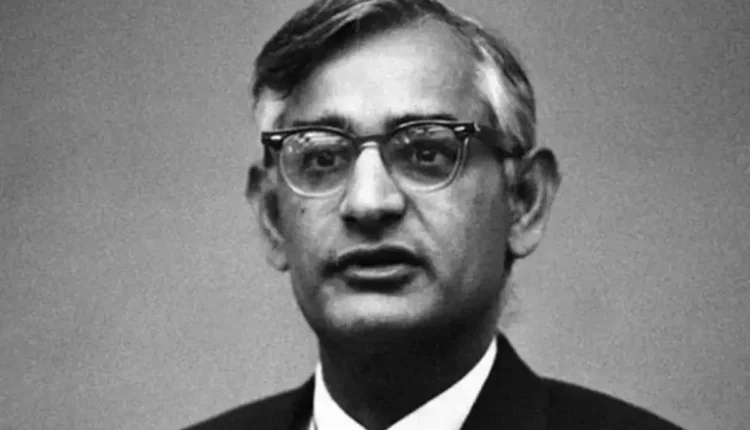Har Gobind Khorana, a visionary biochemist born on 9th January 1922 in Raipur, British India, left an indelible mark on the scientific world. Despite facing early life challenges in a small village, Khorana’s insatiable curiosity and determination fueled his journey towards unraveling the mysteries of genetic code orchestration.
Early Years and Education of Har Gobind Khorana
Khorana’s upbringing in a humble family shaped his resilient spirit. With limited resources, he embarked on his educational journey under a tree, the makeshift village school. At D.A.V. High School in Multan and later at Punjab University in Lahore, Khorana’s brilliance shone through, earning him a Bachelor’s degree in 1943 and a Master of Science degree in 1945.
His pursuit of knowledge led him to England in 1945, where he studied organic chemistry at the University of Liverpool. Under the guidance of Roger J. S. Beer, he earned his PhD in 1948 and continued postdoctoral studies in Switzerland with Professor Vladimir Prelog.
Global Odyssey of Science
The partition of India in 1947 forced Har Gobind Khorana’s family to relocate to Delhi. Determined to contribute to scientific advancement, he returned to England and later moved to Vancouver in 1952 to join the British Columbia Research Council. Excitement filled the air as he established his lab, focusing on nucleic acids and vital biomolecule synthesis.
In 1960, Har Gobind Khorana accepted a pivotal role as co-director of the Institute for Enzyme Research at the University of Wisconsin–Madison. His groundbreaking work in deciphering RNA’s role in protein synthesis paved the way for the 1968 Nobel Prize in Physiology or Medicine, shared with Marshall W. Nirenberg and Robert W. Holley.
Scientific Achievements
Har Gobind Khorana’s contributions extended beyond the Nobel recognition. In the 1970s, he achieved a milestone by chemically synthesizing oligonucleotides, marking the world’s first synthetic gene. His innovative techniques, including non-aqueous chemistry and enzymatic processes, laid the foundation for DNA analysis, gene sequencing, and the revolutionary CRISPR/Cas9 system.
Legacy and Recognition
Aside from the Nobel Prize, Har Gobind Khorana received numerous accolades, including the Padma Vibhushan from the Indian government in 1969. The University of Wisconsin–Madison, Government of India, and the Indo-US Science and Technology Forum jointly established the Khorana Program in 2007, fostering collaboration between scientists and promoting research.
Khorana’s contributions resonated in various fields, from his studies on bacteriorhodopsin to the total synthesis of functional genes. His impact extended to education, inspiring students and young minds to embrace the wonders of science.
Awards and Honors
Har Gobind Khorana’s illustrious career garnered prestigious awards such as the Louisa Gross Horwitz Prize, Lasker Foundation Award, and the Golden Plate Award. His commitment to education was acknowledged through the Khorana Program, offering research opportunities to Indian students in the United States.
Final Years and Legacy
On 9th November 2011, Har Gobind Khorana bid farewell in Concord, Massachusetts, leaving behind a legacy of scientific marvels and educational fervor. Though his wife Esther and daughter Emily Anne had departed earlier, Khorana’s impact continued through his surviving children.
Inspiring Future Generations
Julia Elizabeth, Khorana’s daughter, beautifully encapsulates her father’s essence, highlighting his enduring passion for education. Even amid groundbreaking research, Har Gobind Khorana remained deeply interested in nurturing young minds, a testament to his commitment to shaping the future.
In a poignant celebration on 9th January 2018, Google Doodle honored Har Gobind Khorana’s achievements on what would have been his 96th birthday. His legacy lives on through the Khorana Program, bridging scientific communities and fostering the spirit of discovery.
Also Read: Shaheen Sheik: Dancing to the Beat of Her Own Melody

